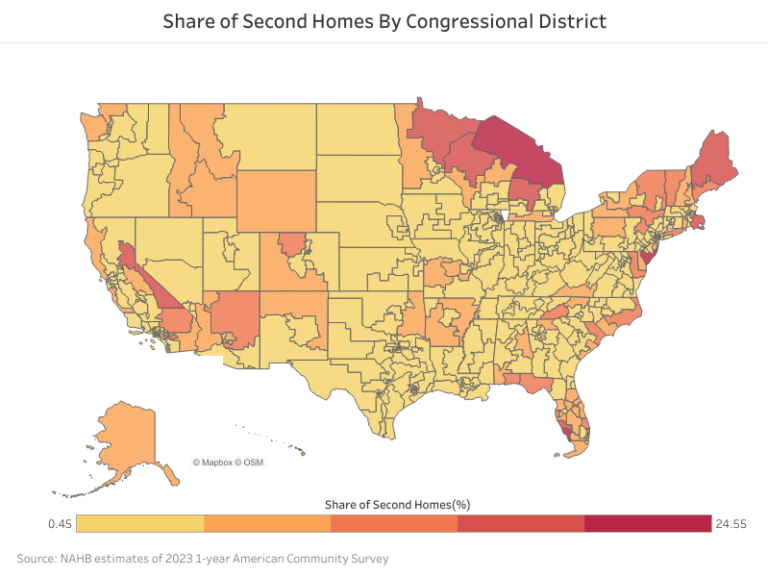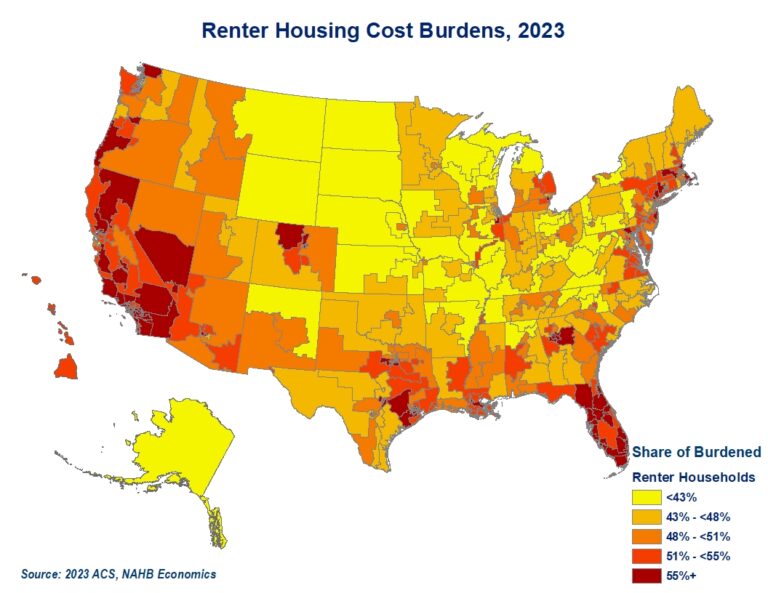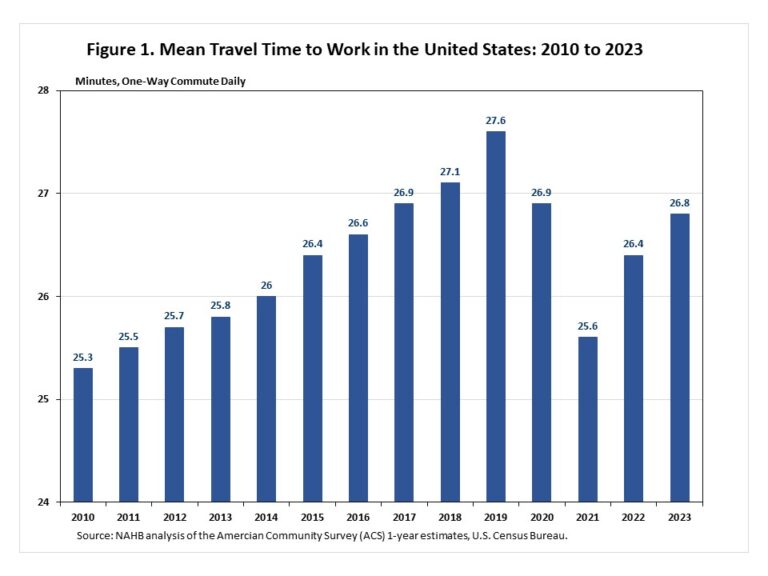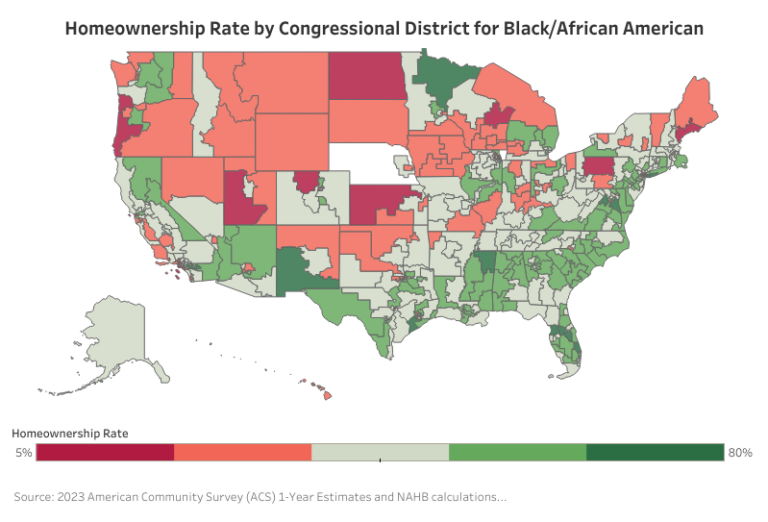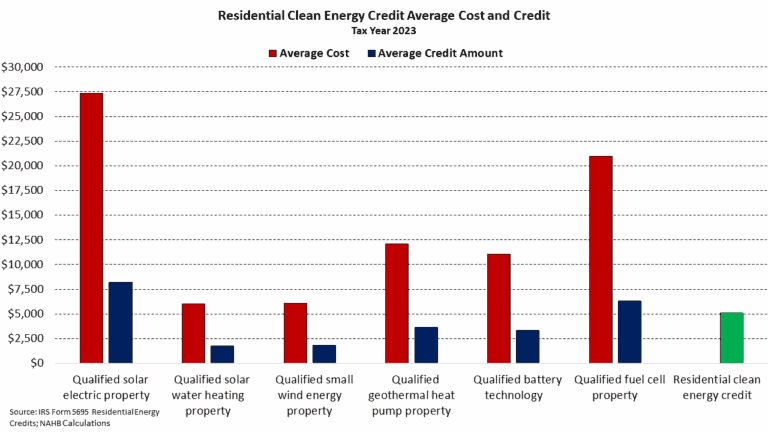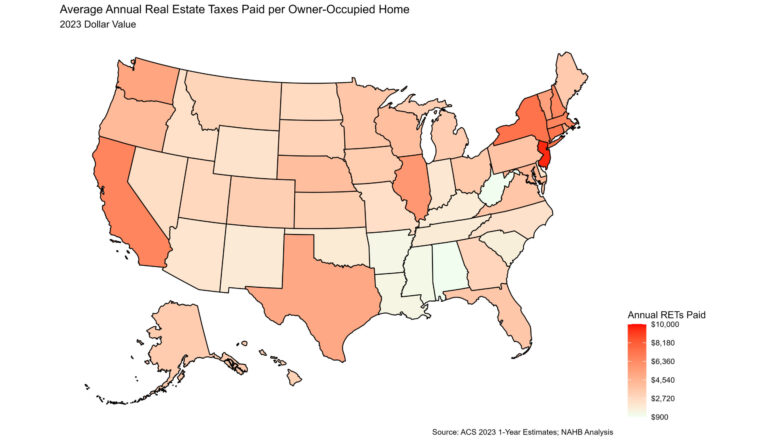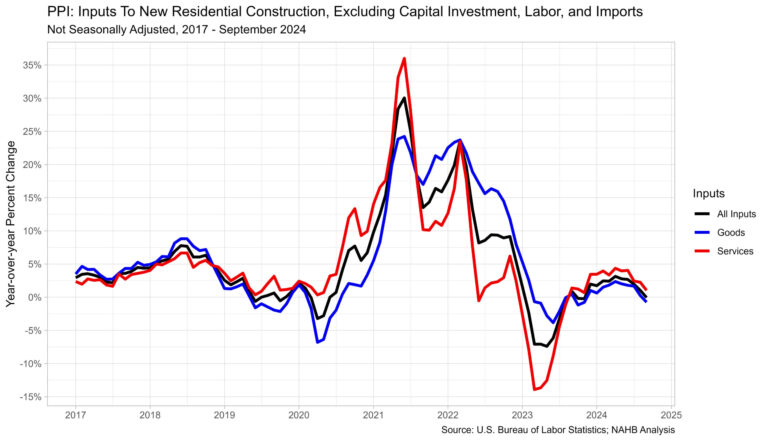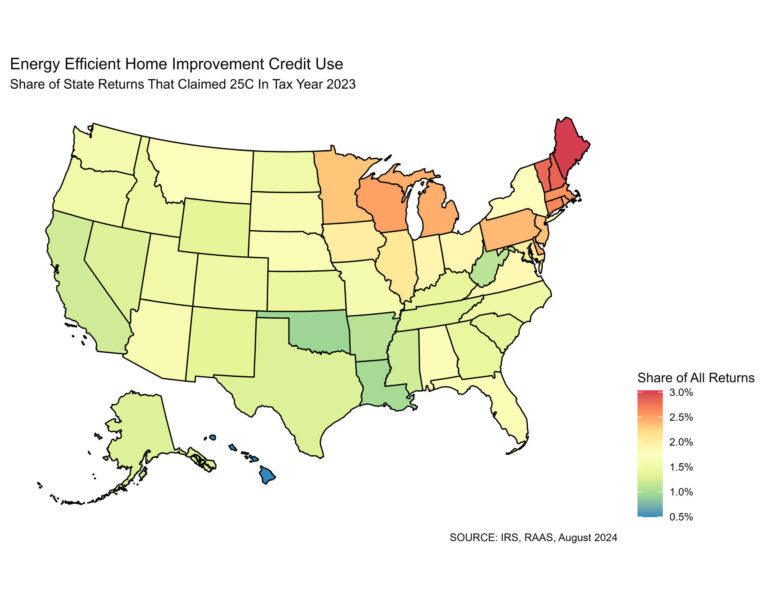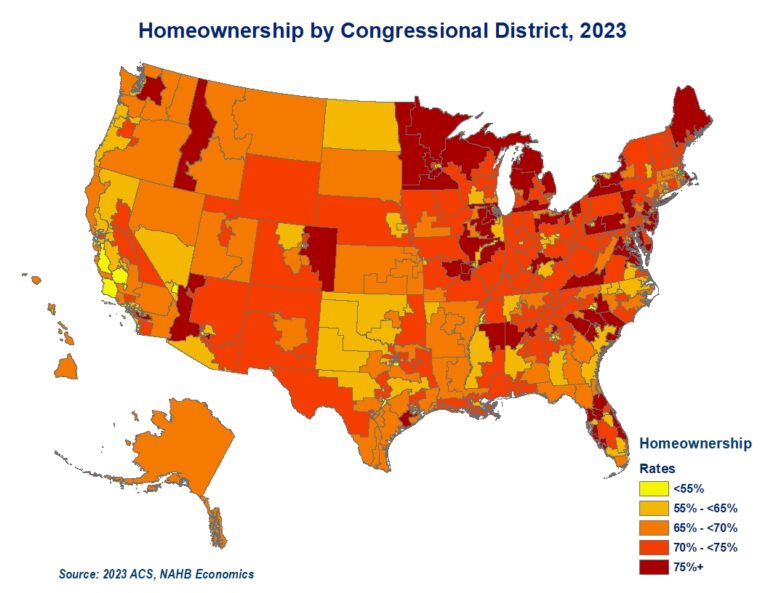Housing affordability continues to worsen due to a persistent supply shortage and higher interest rates. While the rising building material costs and higher rates on construction loans are often blamed for the lack of housing supply, government regulations also play a significant role in increasing costs. For instance, rent control policies are introduced with the aim of limiting rent growth to keep housing affordable. However, a recent NAHB analysis shows that, rent control policies had some unintended and undesirable consequences including reduced housing supply, higher rents in uncontrolled units, lower quality in the controlled units and reduced residential mobility.
Similarly, the rise of short-term rental (STR) is commonly seen as another factor reducing housing supply and worsening affordability as owners choose to convert long-term rentals into short-term rentals, and profitability of STRs attracts investors to purchase properties for this purpose. As a result, regulations on short-term rentals have been widely discussed as a tool to intervene in the housing market. A recent working paper title ‘The Effects of Short-Term Rental Regulation: Insights from Chicago[1]’ provides a detailed analysis of the impacts of these regulations in Chicago, the first city in the United States to regulate short-term rentals.
Chicago enacted STR regulations in June 2016 with the aim of addressing concerns related to public safety and affordable housing while allowing STRs to continue operating. The regulation requires hosts to obtain the proper licenses and registrations before listing their property. In March 2017, Chicago started requiring Airbnb to share data to enhance its enforcement capability.
With this background, the paper aimed to examine the impact of STR regulations in Chicago from three perspectives: the number of listings, the economic impact in terms of revenue, and the effect on crime rates. The paper found that the number of short-term rental listings in Chicago decreased by 16.4% compared to before the legislation, but the impact was significant only after March 2017, when data-power enforcement began. This decline in listings potentially benefited the hotel business and led to a drop in Airbnb revenue and tax revenues for the local government, even though beforehand, the local government raised the lodging tax rate on STRs. Although STRs are usually connected to negative externalities, this paper suggested that the regulations had little impact on reducing the number of common crimes. Only areas near buildings that prohibited STRs saw a significant decline in burglaries.
Key Findings:
Effect on Listing Availability
By comparing Chicago with Atlanta, Boston and Los Angeles between January 2016 to May 2018, the number of STR listings did not significantly decrease until the data-powered enforcement was introduced in March 2017. This led to a 16.4% decline in active listings in Chicago. Both professional and full-time individual hosts saw a roughly 10% decline in the probability of being active. However, professional hosts reacted more slowly but were more flexible, as they were able to switch between long-term and short-term rentals to maintain operations.
As the STR regulation required hosts to register and comply with rules such as providing insurance and meeting safety standards, the paper found that registration in Chicago increased from 53.2% in December 2020 to 74.4% in 2023. However, the progress was slow due to a loophole that allowed pending listings to operate until June 2021.
In Chicago, local restrictions can be stricter than citywide regulations. For example, the Prohibited Buildings Listing (PBL), which strictly bans STRs in buildings effectively reduced STR listings, particularly for full-time individual hosts. The chance of being active decreased by 55% for full-time individual hosts and 45% for professional hosts. Additionally, the Restricted Residential Zone (RRZ), which allows areas to ban new STRs if at least 25% of voters agree, further reduced listings by blocking new entries and pushing some existing out.
2. Economic Impact of STR ordinance
Despite the decline in the number of active listings due to the implementation of regulations, the economic performance of remaining listings did not see a significant change. For listings managed by professional and full-time individual hosts, prices, revenue per listing and the number of reservation days remained almost unchanged. This suggested that the remaining listings did not suffer financial loss.
However, the overall decline in listing numbers led to a decrease in Airbnb’s Gross Book Value (GBV) as well as local government tax revenue. The decline was more noticeable in areas with a higher density of hotels, where listings managed by professional and full-time individual hosts saw their GBV drop by 38.1% and 30.6% respectively. This suggested hotel businesses could benefit from the regulations.
Though the lodging tax (for STRS) was increased from 4% to 6% in 2018, the local government’s tax revenue from STRs still declined by 3.6% due to the decrease in number of active listings.
3. Impact on Local Crime
One of the most common concerns about STRs is the negative externalities on local residents, particularly an increase in local crime and potentially lowering property values. However, when comparing Chicago with Atlanta and Los Angeles, crime rates (theft, burglary, assault and robbery) in Chicago remained almost the same after the implementation of regulations. Within Chicago, the PBL restrictions did not have significant impact on the overall number of these common crime incidents, except for burglary. In areas with PBL restrictions, the number of burglary cases decreased by 12.4%.
Conclusion
Based on the findings, the paper concludes that data-driven enforcement significantly helped the government to effectively implement regulations. Although these regulations reduced the number of listings and resulted in a smaller amount of revenue, the city did not see a significant decline in citywide crime rates.
As the short-term rentals often compete with traditional hotels, the regulations appear to have limited effects on improving housing affordability. A similar outcome was observed in New York City, where stricter regulations introduced in 2023 led to an 83% decrease in listings, while the vacancy rate remained unchanged[2]. Meanwhile, rents in New York City increased by 3.4% and the average hotel price rose 7.4%. This is in line with NAHB’s analysis that regulations could have unintended negative consequences, potentially driving up housing costs without improving affordability.
[1] Ginger Zhe Jin, Liad Wagman, and Mengyi Zhong, The Effects of Short-Term Rental Regulation: Insights from Chicago, November 2023,
[2] How Not to Make Housing Affordable—New York Rent, The Wall Street Journal, September 8, 2024.
Discover more from Eye On Housing
Subscribe to get the latest posts sent to your email.
